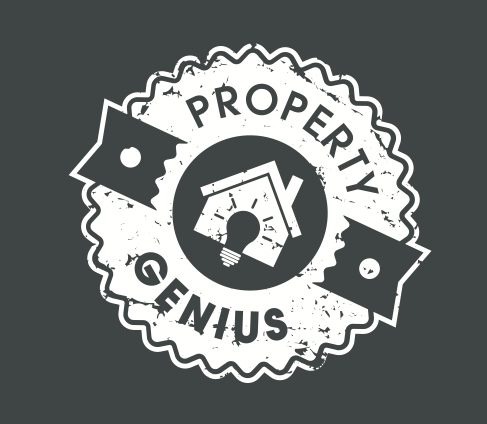Understanding Lease Terms: A Comprehensive Guide for Tenants
When you're about to sign a lease, it's crucial to understand the terms and conditions you're agreeing to. A lease is a legally binding contract between you and the landlord, outlining the rules, responsibilities, and obligations for both parties. Here's a breakdown of some key terms you should be familiar with:
1. Length of the Lease: Leases can be short-term (usually 6 months) or long-term (usually 12 months or more). Make sure the lease length aligns with your living situation and future plans.
2. Security Deposit: This refundable deposit is usually equivalent to 5 week's rent. Understand the conditions under which part or all of it could be withheld.
3. Maintenance and Repairs: The lease should clearly state who is responsible for what when it comes to maintaining the property. Typically, minor repairs are the tenant's responsibility such as changing lightbulbs, smoke alarm batteries etc, while major repairs fall on the landlord.
4. Termination: Both you and your landlord have the right to terminate the lease under specific conditions. Make sure you understand these, including notice periods and potential penalties.
7. Additional Fees: Some leases have clauses for additional fees, like late rent payments. Be aware of these.
8. Restrictions: Leases often have restrictions on pets, smoking, or pets. Make sure you're comfortable with these.
9. Legal Obligations: Both parties have legal obligations to fulfil, such as the landlord providing a habitable living environment and the tenant paying rent on time.
10. Conflict Resolution: The lease should outline how disputes between you and your landlord will be resolved, whether through mediation or legal action.
Understanding these terms will help you maintain a positive landlord-tenant relationship and avoid any unpleasant surprises down the line.
